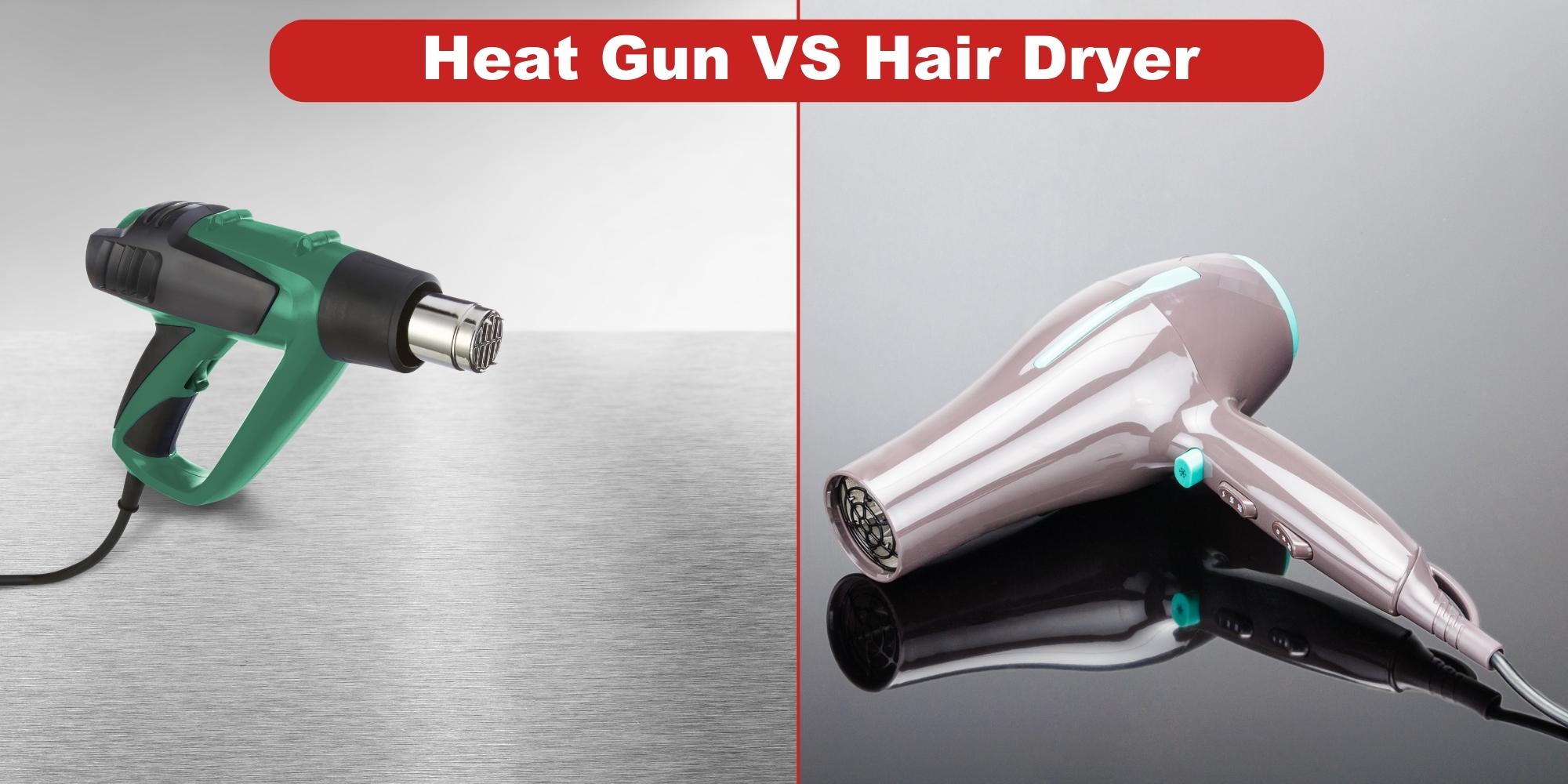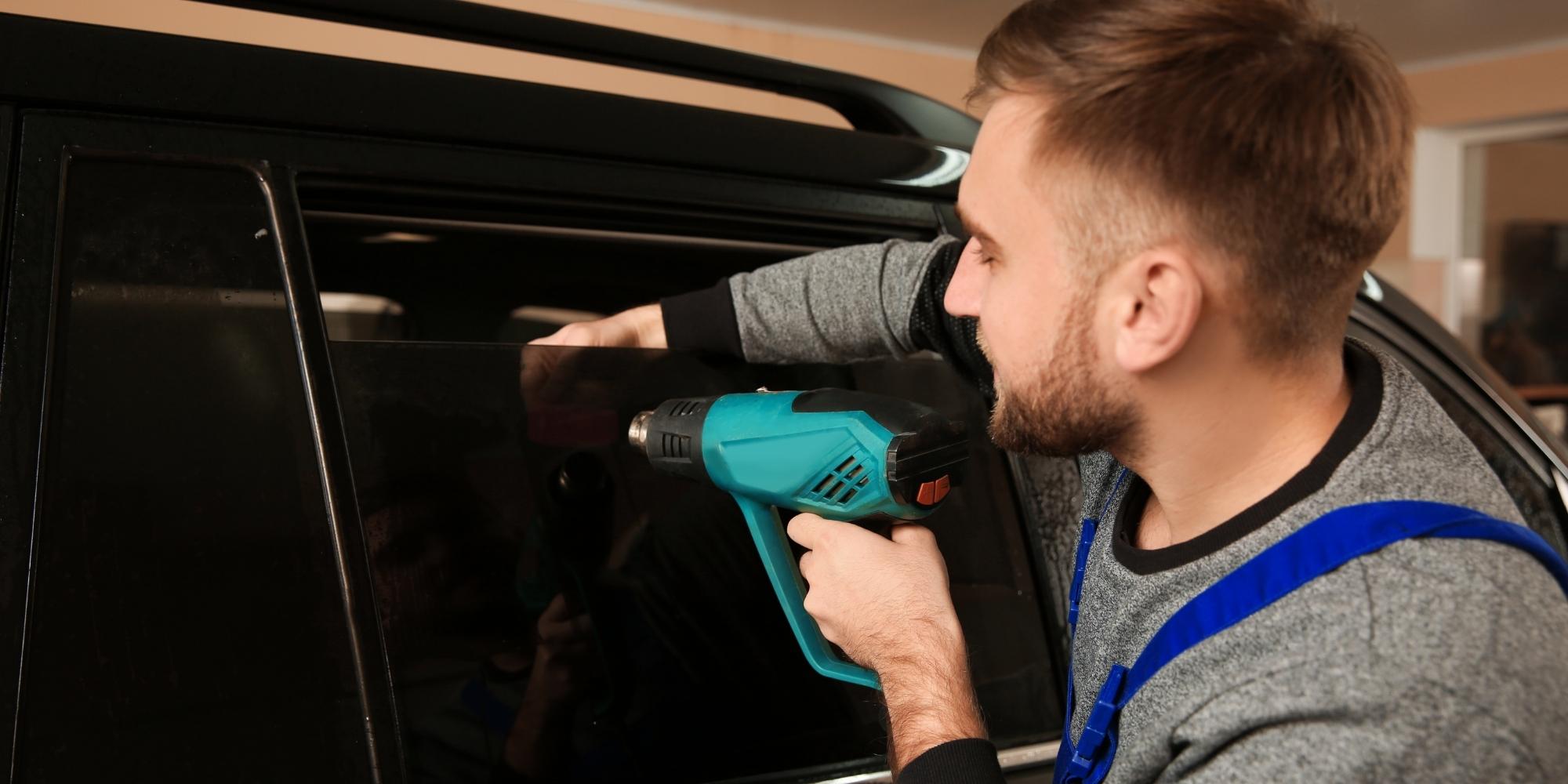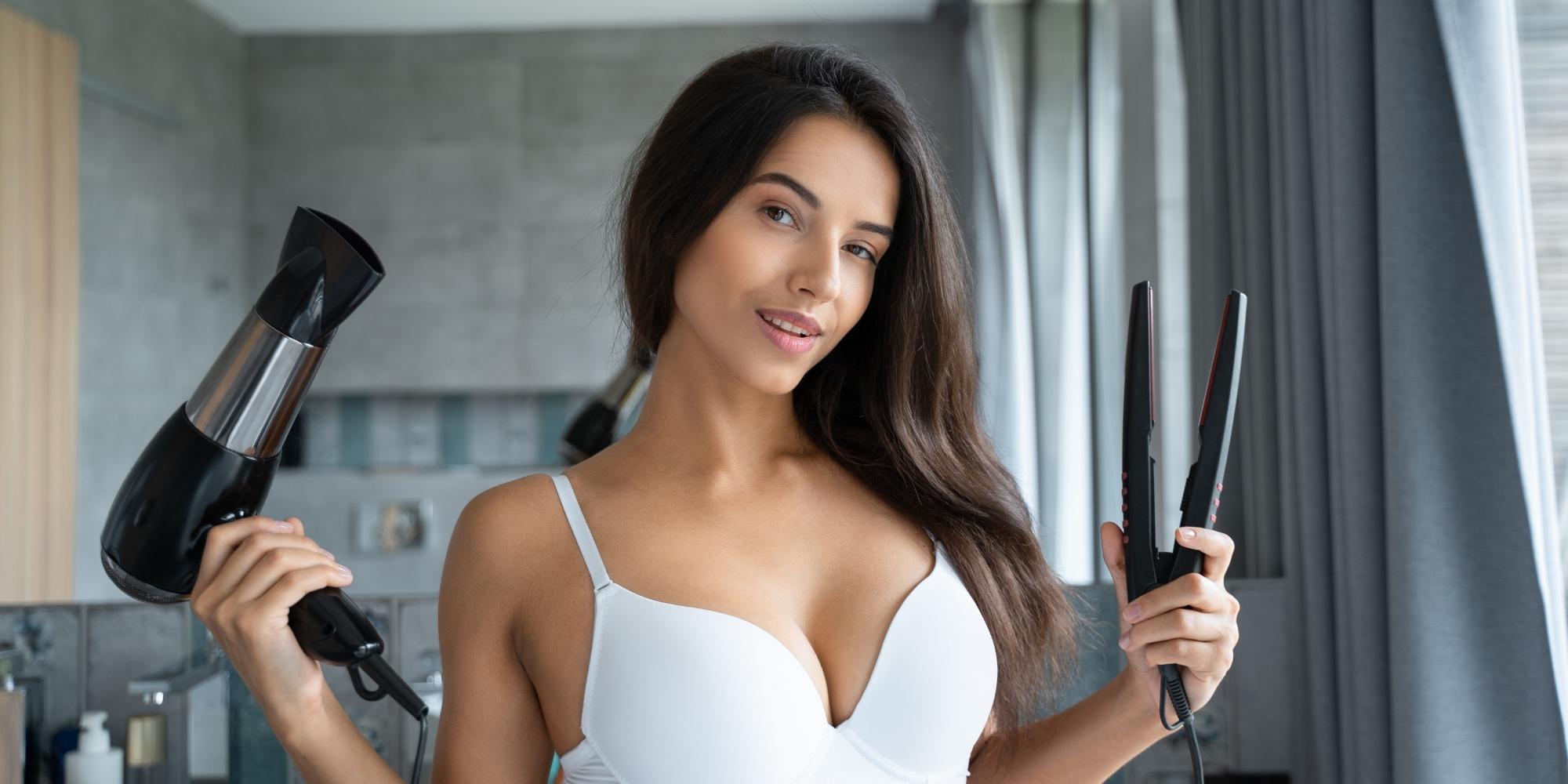
In the expansive realm of DIY, we often find ourselves asking: "Can I use this instead of that?" Adaptability, innovation, and resourcefulness are the lifeblood of any good DIY project. As a window tinting expert with over three decades in the industry, I’m here to provide insight into one such question that is frequently asked by car owners who decide to embark on the journey of window tinting on their own: "Can I use a hair dryer instead of a heat gun?"
Let's start by understanding the role of a heat gun in the process of window tinting.

Heat Guns and Window Tinting: A Time-Tested Partnership
A heat gun is a versatile tool with various applications in both the DIY and professional sectors. When it comes to window tinting, a heat gun is employed to heat the window tint film, making it pliable enough to fit and contour to the unique shape of your vehicle's windows. The heat also activates the adhesive on the film, allowing it to stick to the window glass securely.
So, if a heat gun is so crucial to the process, why do some people consider using a hair dryer?

The Hair Dryer Alternative: Understanding the Appeal
The reasons behind considering a hair dryer as an alternative to a heat gun are quite straightforward:
- Availability: Almost everyone has a hair dryer at home, while a heat gun might not be readily available.
- Cost-effectiveness: Purchasing a hair dryer can be significantly cheaper than investing in a professional heat gun.
- Ease of use: For many, the operation of a hair dryer is far more familiar than maneuvering a heat gun.
The Benefits of Using a Hair Dryer for Window Tinting
Now, let's delve into the potential benefits of using a hair dryer instead of a heat gun for your DIY window tinting project.
- Safety: Hair dryers are generally safer to use than heat guns. The heat produced by a hair dryer is less intense, reducing the chance of accidental burns or fire hazards.
- Control: Hair dryers typically have variable heat settings, allowing for controlled application of heat. This can help avoid overheating and damaging the tint film.
The Disadvantages of Using a Hair Dryer for Window Tinting
While the above benefits may make it seem like a hair dryer is an adequate substitute for a heat gun, several challenges might make this swap more trouble than it's worth.
- Insufficient Heat: The most significant disadvantage is that a hair dryer might not produce enough heat to properly mold and adhere the tint film to your car window. Heat guns can reach temperatures as high as 1000°F (537°C), while hair dryers typically max out around 140°F (60°C). This disparity can lead to a less than optimal application, resulting in bubbles, peeling, and poor adhesion.
- Increased Time and Effort: Due to the lower heat output, using a hair dryer will typically require more time and effort to heat the tint film adequately.
- Potential Damage to the Hair Dryer: Utilizing a hair dryer for extended periods, and on its maximum heat setting, may damage the device. Hair dryers are not designed for sustained high-heat output and doing so could shorten their lifespan or even cause them to fail entirely.
Balancing Cost and Quality
In conclusion, while it is possible to use a hair dryer instead of a heat gun for window tinting, it is not an ideal substitute. The insufficient heat and the potential for damage to the device may lead to poor results and could end up costing more in the long run due to the need for reapplication or repairs.
For those considering a DIY window tinting project, purchasing a heat gun can be seen as an investment. Not only will it significantly improve the quality of your window tinting endeavor, but it can also be used for other DIY projects around your home, such as stripping paint or thawing pipes.
Remember, as with any DIY project, having the right tools is crucial to achieving the best results. If you're unable to invest in a heat gun, it might be worthwhile to consider professional window tinting services. Professionals have the necessary tools and experience to ensure a high-quality application that lasts.
In the world of window tinting, it's important to weigh the initial cost of equipment or professional services against the potential time, effort, and reapplication costs. You may find that spending a little more upfront saves you a significant amount of trouble down the line.
I hope this article has provided clarity to your question about using a hair dryer instead of a heat gun for window tinting. Remember, the goal is not just to tint your windows, but to do it in such a way that the end result is a smooth, bubble-free finish that will stand the test of time. Happy tinting!